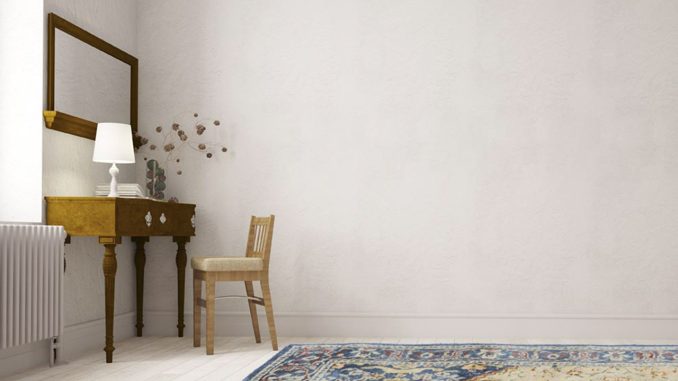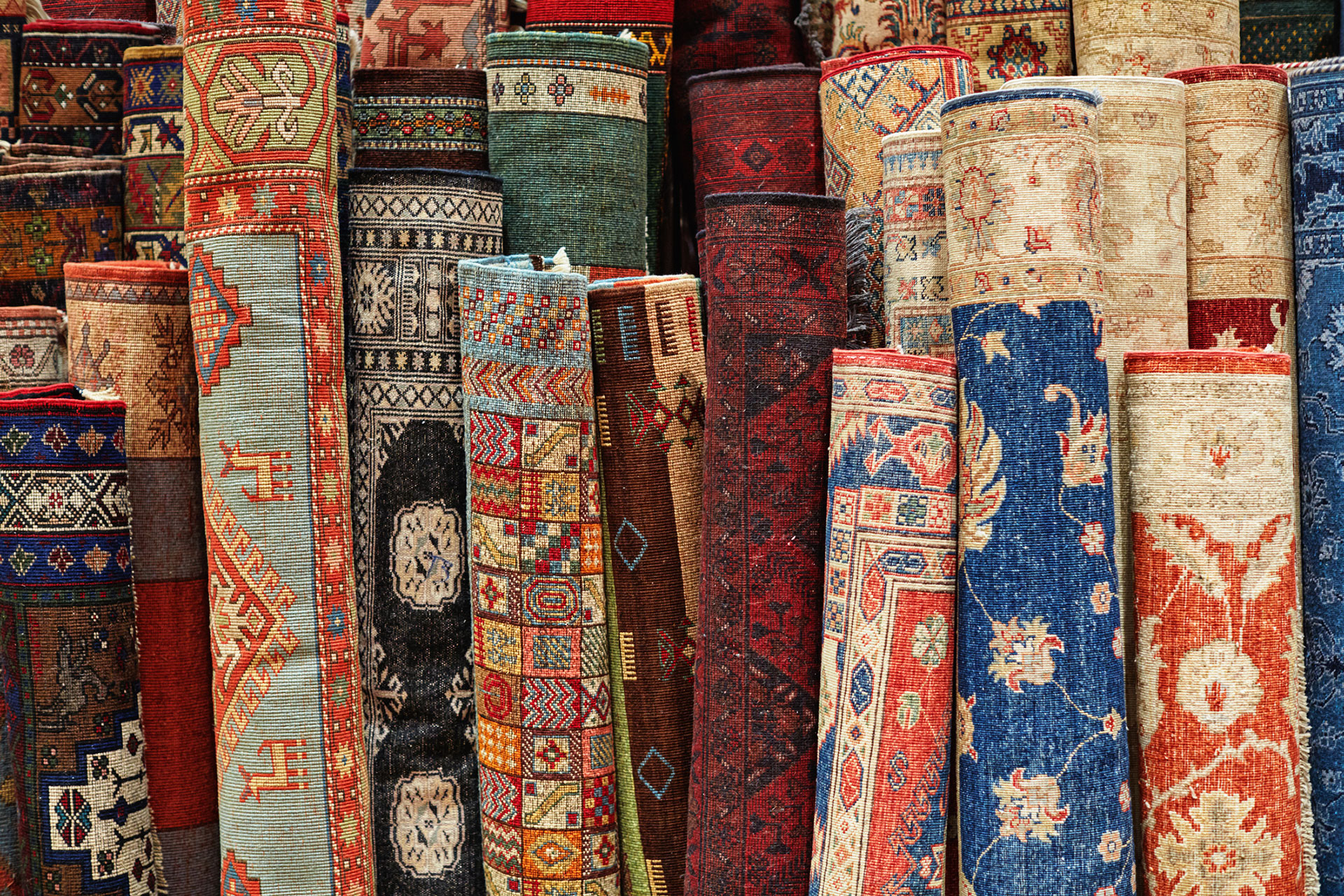
The major categorization of carpets is between those manufactured by hand and those made by machine, and within both groupings, particularly the latter, there are several subcategories.
Today, our focus is more on hand-made carpets which are the oldest type and are the historical parents of all modern carpets. This type of carpet is still created in Australia, the United Kingdom, the continent, and the East in almost the same way that Orientals have done for hundreds of years.
So, let’s discover more!
The Process

The concept is really straightforward. The warp threads or chain are coiled on two horizontal beams and stretched vertically between them. The beams are supported by upright posts that allow them to circle, with the spacing between the posts setting the breadth of the rug or carpet. The weavers sit side by side in front, the carpet progressively coiled on to the lower beam as it is weaved, and the warp correspondingly unwound from the top beam.
The yarn for the pile is cut to around 2 inches in length and tied around two warp threads in front of the weaver, tuft after tuft, according to the paper pattern. As each row or section of a row is completed, two weft threads are inserted, one in the shed produced between the front and rear parts of the chain and the other in an alternative shed formed by the weaver dragging the back half of the chain forward momentarily in front of the front half.
To fill out the back of the carpet and avoid lateral contraction, the second weft is placed in straight, the first loose, zig-zag, or vandyked. A large fork or beater is used to pound the weft into place. The interlocking of warp and weft with the tuft generates the carpet’s weave, which has been copied to some extent in all machine woven carpet textiles. There are two types of knots used: the Ghiordes or Turkish knot and the Senne or Persian knot, with the tufts of yarn in the former arriving in pairs between the two warp threads and the tufts of yarn in the latter coming individually between each warp thread. In either scenario, the tufts do not stand up vertically to the plane of the fabric, but rather lay over obliquely towards the carpet’s beginning.This shows the user’s eye and foot partially the ends and half the sides of the tufts and is a highly distinctive feature of
hand-made carpets.
The tapestry method is another type of hand weaving in which the weft colors are looped on a wooden needle and threaded around and between the warp ends, giving a flat or slightly ribbed surface similar to that of an ingrain carpet. The lack of a tufted pile does not make this a sumptuous carpet, but it does allow for a fine pitch and the richest and most delicate effects of design and color to be achieved. The labor is slow and requires a great level of talent, and the output is inherently quite expensive.
Some argue that there is no greater carpet than one created by hand – yet this does not imply that all hand-tufted carpets are preferable to all machine-made carpets. Personally, I believe that the hand-tufted carpet has an originality, even in its flaws, that no machine-made product can achieve and that, after all, is a characteristic of a work of art.
Handmade carpets have the added benefit of being adaptable to specific needs. A single carpet, for example, can be created in any form, size, style, color, or quality. And, you will only find the carpets of your dream at Simon Carpets.
Today, you can find lots of shops with an endless variety of carpets, including hand-made ones. But, you will feel the real difference only at Simon Carpets. For more details, get in touch with them.

Leave a Reply